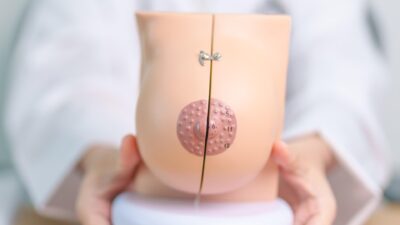Also referred to as a Mammoplasty, the breast reduction surgery is a procedure where the surgeon removes excess breast tissue, fat, and skin. This procedure is for those who have big breasts and experience significant discomfort because of them. Along with eliminating the discomfort of having large breasts, this procedure also improves the aesthetics and contours of the breasts. Not to mention, by reducing the size of the breasts, the patient can easily perform activities that were difficult pre-surgery. However, a scar is an inevitable part of the breast reduction surgery and healing process. Read this blog to know all about breast reduction scars and get tips on how you can treat them.
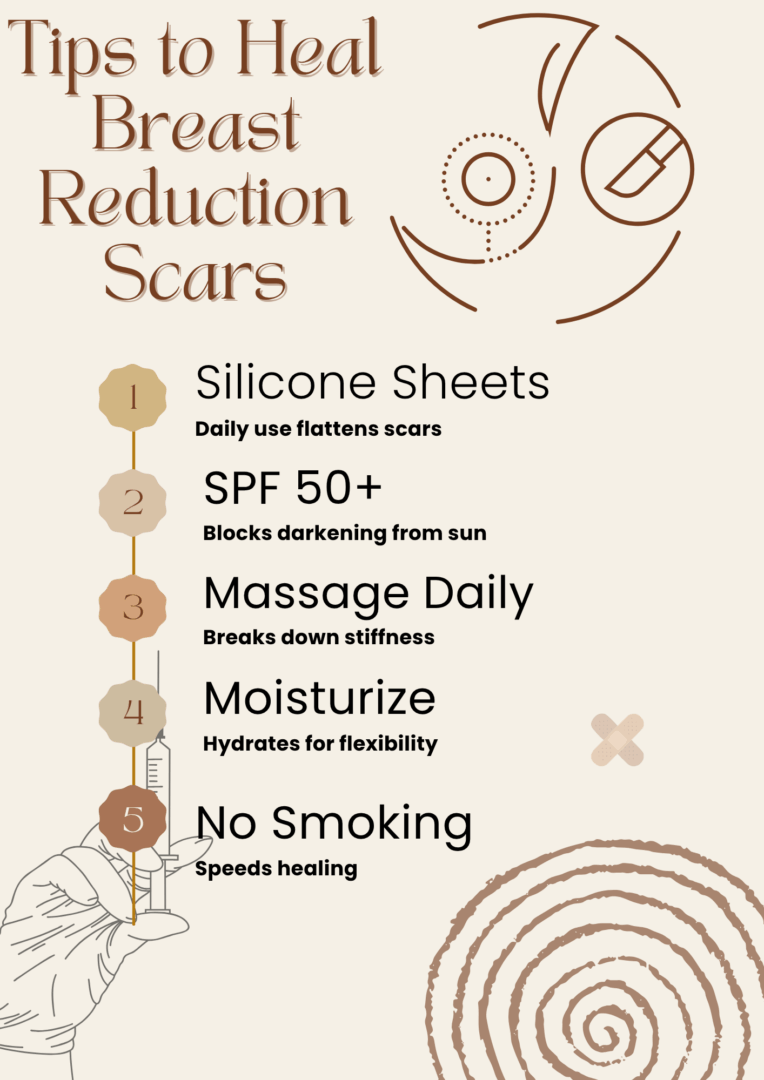
👙 Types of Breast Reduction Scars
Scarring after the breast reduction surgery happens because of the incision. The scar’s surface is raised, but as it begins it heal more and more, the scar flattens. Ultimately, the scar’s appearance depends on the surgical techniques used during the surgery.
📍 A Board-certified surgeon like Dr. Mehmet Yildiran will take all essential measures to ensure there is minimal scarring as a result of the procedure. However, some scarring should be expected as a result of breast reduction.
Here are the types of breast reduction scars:
A. Anchor (Inverted-T) Scar
The inverted-T scar involves a scar that surrounds the areola, then a vertical scar that goes down to the breast fold, and then one that is inside the breast fold. The final scar resembles an inverted T or an anchor.
B. Lollipop (Vertical) Scar
The lollipop or vertical scar is used during moderate breast reductions and involves a circular scar that surrounds the areola and stretches to the lower fold of the breast. This is why the shape of this scar resembles a lollipop.
C. Periareolar (Donut) Scar
A donut or periareolar breast lift involves making an incision around the areola’s edge. The scar of this technique is much more seamless as it blends around the areola.
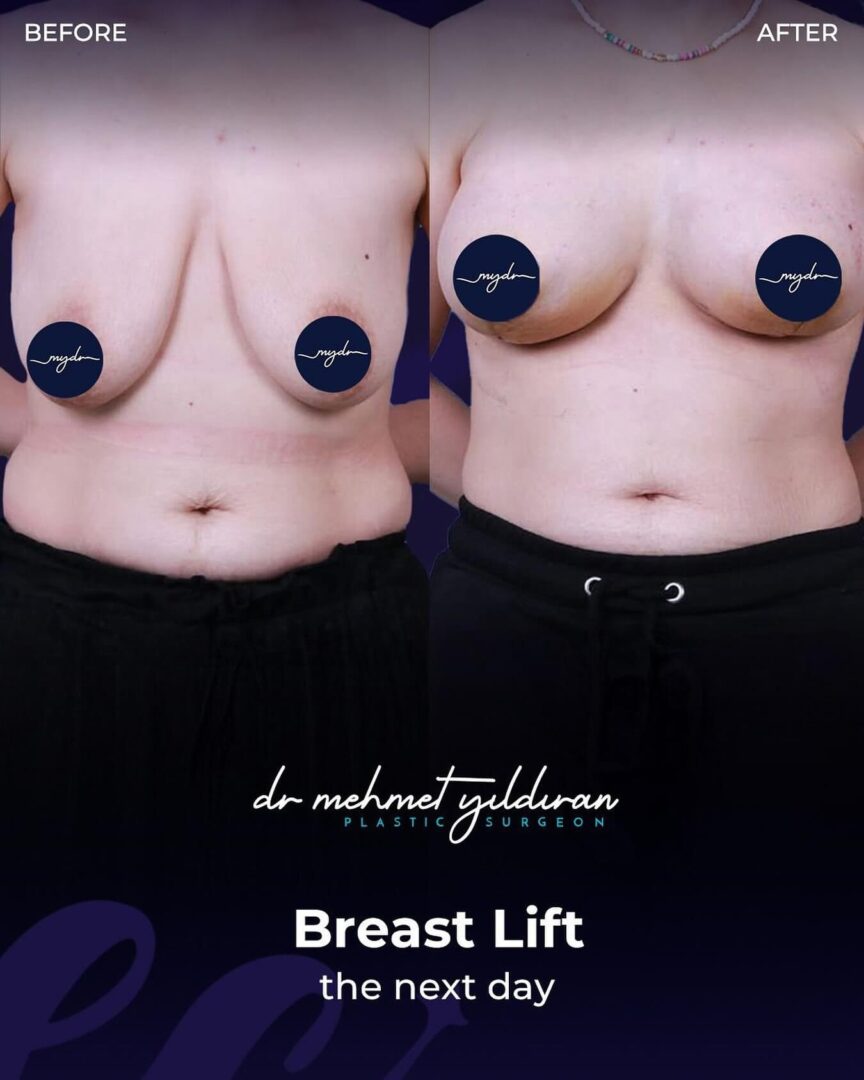
The Healing Timeline
The appearance of the scar changes as time passes after the surgery. Unlike scars on other parts of the body, scars from a breast reduction surgery can be covered by one’s clothes. Here is the entire breast reduction scar healing timeline:
First 3 Weeks
Right after the surgery, the site of the incision is bandaged. The wound has the most swelling and bruising at this time. After the first 3 weeks, the stitches are either dissolved or removed. Ultimately, keeping the site of the incision clean is essential for proper healing and avoiding any infections.
1-3 Months
The scar is red in the beginning, but gradually becomes darker. As the scar is healing, it is essential to protect it from the sun. To add to this, the scar will also begin to feel itchier and tighter as it heals.
3-6 Months
The raised scar now begins to gradually flatten and appear more natural. Not to mention, the color of the scar also begins to fade.
6-12 Months
As the scar lightens and blends more and more with the skin, your doctor will recommend some massages to improve the scar’s appearance. One year after the surgery, the scar lightens even more and becomes even less visible. From this point onwards, the scar’s appearance will continue to become lighter.
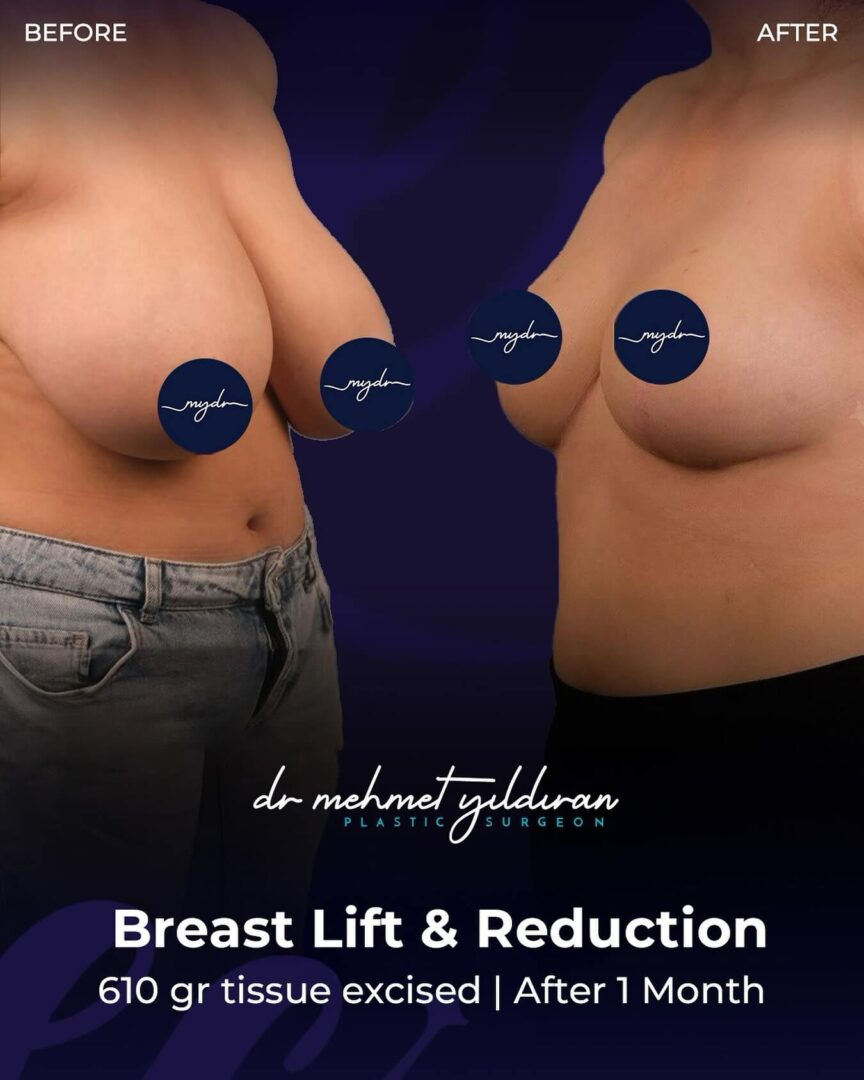
⚕️ How to Treat and Minimize Scars
If you are wondering about “How to reduce breast reduction scars?”, the information below can help you:
- One of the things you can do immediately after your surgery is to keep the area of the incision clean and dry to aid in better healing.
- You will be provided with a surgical bra for support, as well as to prevent tension on the scar.
- Do not engage in any strenuous activities.
- Gentle massages can help the scar heal and improve its appearance.
- Following a healthy diet will help in better wound healing and reduce scarring.
- Silicone sheets or gels are an excellent way to help with fading the scars.
- Do not expose the scar to the direct sun as the UV rays can darken it and worsen its appearance.
- Creams and ointments prescribed by your doctor can also help expedite the skin’s healing and lighten the scar.
- Even if the scar itches, do not scratch or rub the scar, as it can make the scar worse with time.
Breast Reduction Scar Treatment with Laser
Laser treatments are great for reducing the appearance of scars by flattening them and speeding up cell regeneration. It can also help with keloid scars and activate the body’s healing response to reduce the scar.
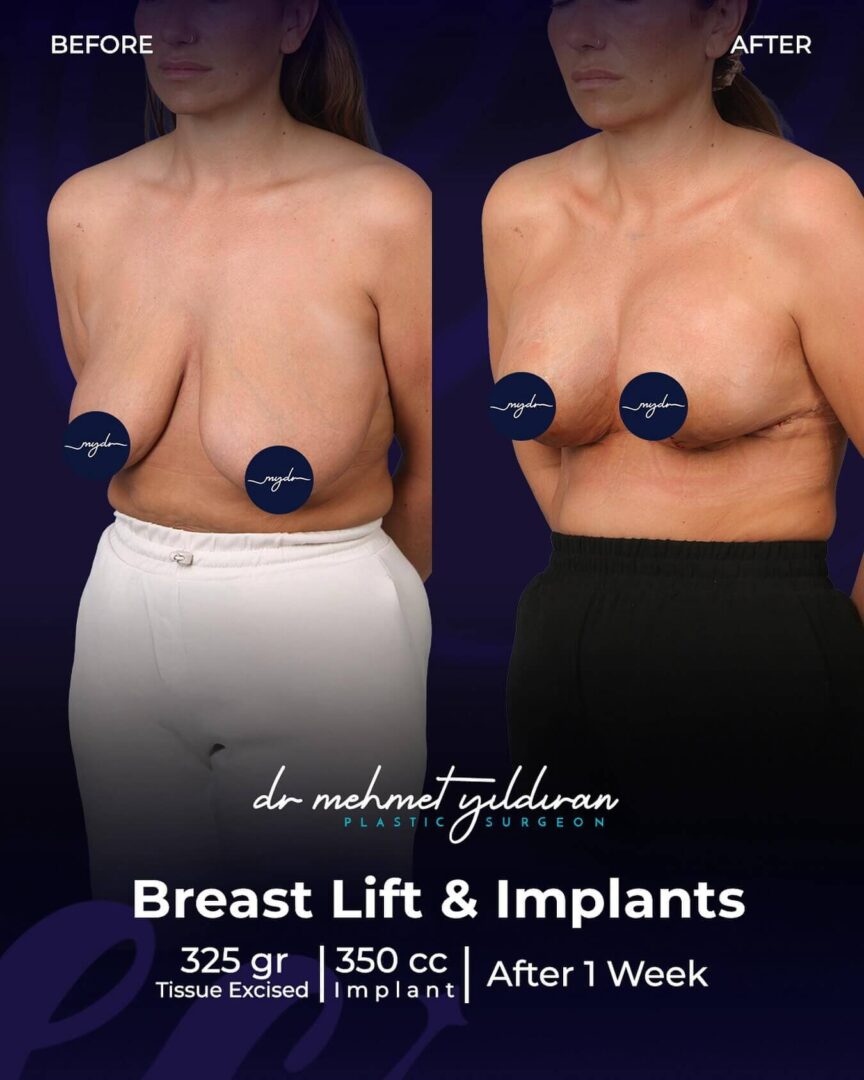
💉 Breast Reduction Scars on Dark-skinned Patients: What is the Difference?
The appearance of the scar differs according to the skin color of the patient. Since patients with darker skin have more melanin, they have a higher chance of developing hyperpigmentation and even keloid scars.
📍If you have dark-skin and are concerned about scarring, you should share this with your surgeon ahead of time so they can guide you on how you can heal your scar.
🏥 Why Choose Dr. Mehmet Yildiran for Your Surgery!
Whether you are interested in getting a breast lift or reduction, Dr. Mehmet Yildiran is the best surgeon to book a consultation with. With years of experience under his belt and exceptional skill in catering to patients of all ethnicities, Dr. Mehmet Yildiran is one of the most respected surgeons in Turkey.
With an extensive team at his disposal, Dr. Mehmet Yildiran creates tailored surgical plans for each patient to guarantee the most natural results.
🌟 Conclusion
The scar treatment journey after a breast reduction surgery is an extensive one, involving various stages of healing and a plethora of treatment and care protocols. Nevertheless, with proper care, the scars will fade as time passes and their appearance becomes less and less noticeable.




